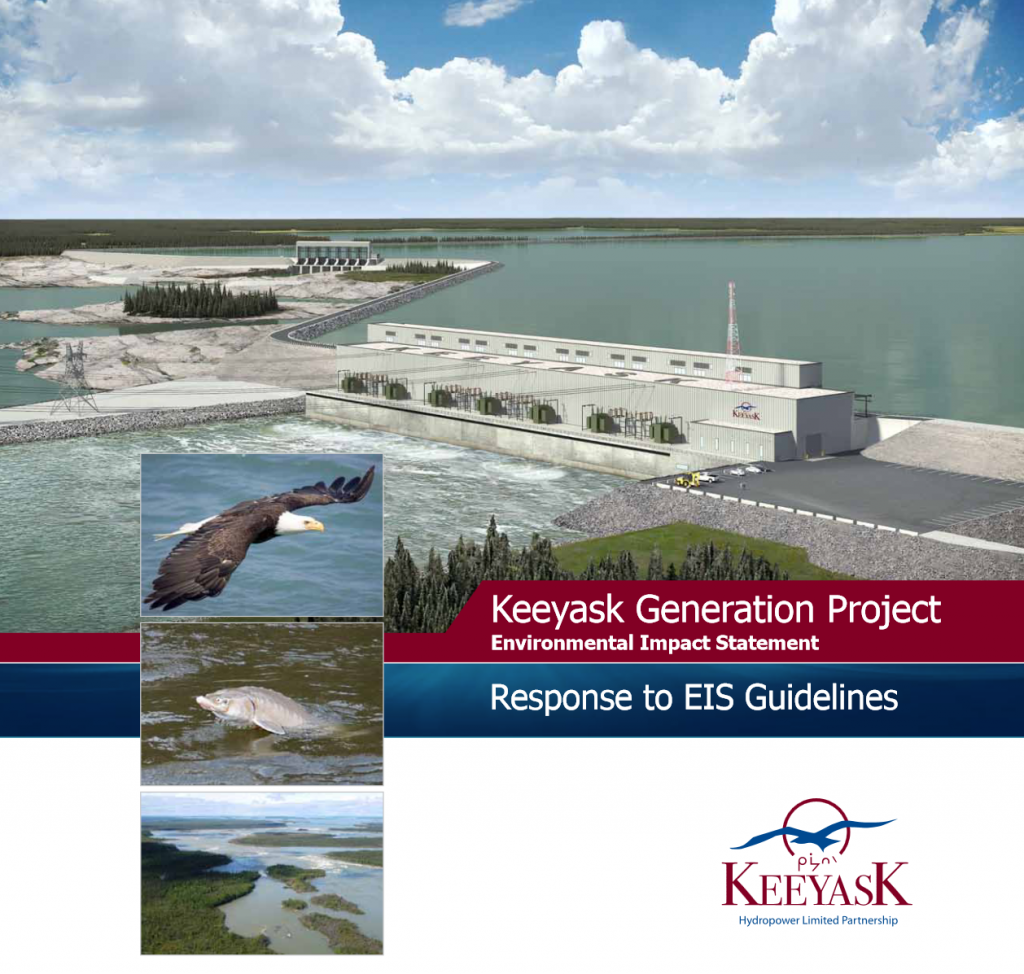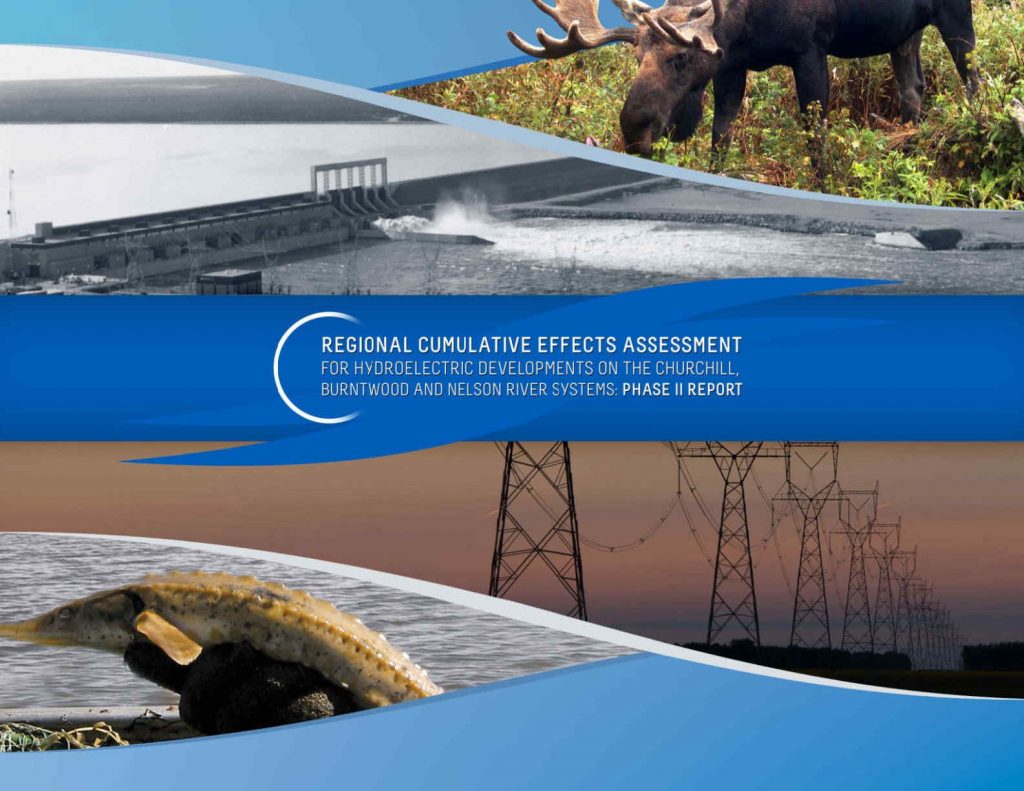Environmental Impact Assessment
ECOSTEM staff have considerable expertise in all elements of environmental impact assessment. This experience comes from numerous projects completed for a wide variety of sectors, project types and geographic areas.
Examples of our areas of expertise include:
- Spatial and temporal scoping
- Selecting focal topics (e.g., VECs, key topics)
- Selecting indicators and metrics for focal topics
- Determining benchmarks and thresholds for indicators and metrics
- Predicting and evaluating climate change effects
- Evaluating alternative options and recommending a preferred option
- Working with engineers to find a good balance between environmental, social and cost considerations
- Developing or contributing to environmental protection plans
- Developing habitat and vegetation rehabilitation plans
- Communicating the assessment to local Indigenous groups and people, and to other stakeholders
- Defending the assessment to provincial and federal regulators, stakeholders and intervenors
- Working with local Indigenous groups and people, and engaging local Indigenous people in data collection
ECOSTEM has also participated in numerous wildlife assessments for a wide range of bird, mammal and amphibian species. Our contributions include providing scientifically credible study designs, completing multivariate statistical analyses, habitat quality modeling, providing GIS support and cartography.
Example Projects
Environmental Impact Assessment Methodology
Through work on multiple projects for a variety of sectors and clients, ECOSTEM has developed and refined a practical, ecosystem-based approach to project and cumulative effects assessment. This methodology has been used for multiple terrestrial environmental assessments for a variety of project types such as hydroelectric power generation, power transmission, timber harvesting, roads, and regional cumulative effects assessments. The most recent of these was the Regional Cumulative Effects Assessment of Hydroelectric Development in Northern Manitoba.

Regional Cumulative Effects Assessment of Hydroelectric Development in Northern Manitoba
This project, which was jointly undertaken by Manitoba Conservation and Manitoba Hydro, evaluated the cumulative effects of hydroelectric development in northern Manitoba. Given the nature of cumulative effects, this assessment considered all types of development.

ECOSTEM performed a variety of roles for this project. Among other things, this included:
- Leading the overall methodology for the biophysical assessment
- Determining the terrestrial assessment methodology
- Carrying out the terrestrial ecosystem, habitat and plant assessments
- Assembling historical datasets
- Designing and carrying out required mapping
- Providing GIS and technical support to other members of the terrestrial team
We worked with provincial biologists for a number of components, such as selecting indicators, metrics and benchmarks.
To carry out these assessments, numerous existing and historical datasets were compiled, a consolidated habitat dataset, produced habitat mapping for the 585,000 km2 study area, and created detailed shore zone wetland mapping for 28,400 km of shoreline.
The assessment was reviewed and accepted by the Manitoba Clean Environment Commission.


